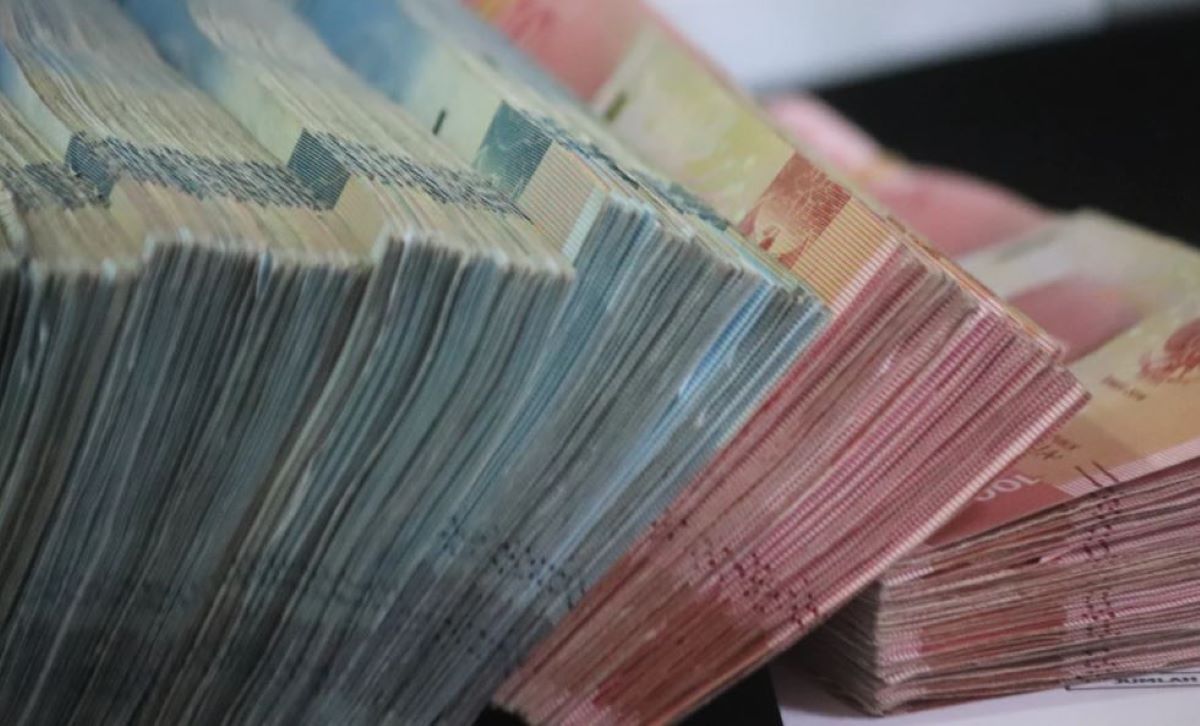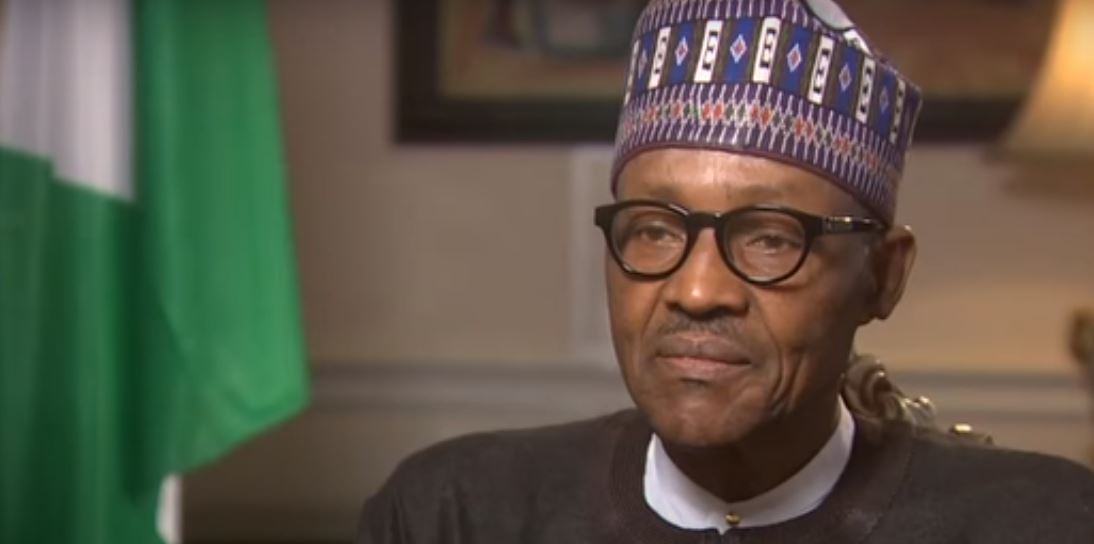Before the SDR from the IMF, Nigeria had its foreign reserve quoted at $33.54 billion.
Global multilateral lender, the International Monetary Fund (IMF) has confirmed it is granting $3.4bn to Nigeria from its $650 billion Special Drawing Rights (SDRs) for member countries to stimulate economic recoveries.
Analysts seem to think that the SDR from the IMF to Nigeria could imply an upward trend in fiscal, external and FX stability.
Nigeria’s foreign reserves as quoted on the Central Bank of Nigeria, CBN website by Wednesday is at $33.54 billion. It is a raise from the $33.1 billion in the month before.
What IMF’s SDR for Nigeria entails
However, the increase could progress significantly with the incoming Eurobond inflow and backed by the IMF SDR.
Both are expected to drive FX accretion to about $43 billion as well as FX liquidity. An increase in Nigeria’s foreign reserves would gain the naira confidence as it will be perceived as stronger and better strengthened.
On FX accretion and liquidity management, Nigeria will most likely record an incremental growth in the value of assets.
More so, the CBN will also get the chance it needs to clear foreign portfolio investors (FPI) FX backlog orders of about US$2.billion that have remained unfilled the last months.
- Things to know about the CBN, federal reserve, monetary policy
- CBN directs banks to set up FX sales points for travel allowances, others
- Banks in Nigeria introducing online buying and selling of foreign exchange, FX
- CBN requires other financial institutions to set up cyber threat intelligence, CTI programme
With more financial assets and increased liquidity, the CBN will also be able to meet obligations including balance of payment.
The federal reserve approach of the CBN is the structure that guarantees that the bank has assets in foreign currencies.
Most countries employ foreign reserves for making monetary policies but it is most useful when liabilities hit.




